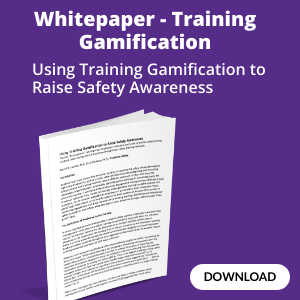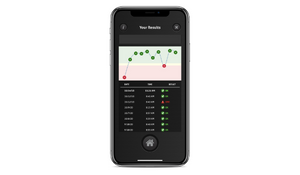In a study of high-rise construction accidents, the underlying factors were able to be identified.
Studying Construction Accidents

High-rise building construction is one of the riskiest places for a person to work and it’s probably no surprise that it’s a leading place for construction accidents. A team of scientists in Taiwan, known for some of the highest buildings in the world, set out to find out the major causes of accidents in high-rise building construction.
Using an assessment technique called The Construction Safety Equilibrium Model, they looked at both task demand and the capability of the workers.

In order to reduce construction accidents, you need to get at the root cause, and that’s what this model did.
Task Demand and Construction Accidents
In Task Demand, they looked at the construction site work conditions. Were their skills up to the task? Were there high winds, lack of visibility, or soil instability? How difficult was the task at hand?
Capability and Construction Accidents
In Capability, they examined work experience, level of training, the worker’s physical condition, and human factors including rushing through the job. Finally, were the workers distracted? Were they tired and unable to focus? Was their attention diverted?
What the study found was that human behavior was a problem more of the time in causing accidents than any other issue involved.
The Leading Causes of Construction Accidents
The highest risks affecting construction workers were frustration and lack of awareness. These workers were distracted by worrying about their own problems, and they needed to be made aware of the risks involved in the task. That lack of risk perception can be caused by poor training, or it can be a sign of fatigue, where a person’s perception of risk starts to fade as the fatigued brain starts to shut down.
Human behavior, not weather, not equipment, is the major cause of most construction accidents.
Alertness Testing in Construction Prevents Accidents
People need to be adequately trained, and people need to be ALERT, particularly in high-risk situations like construction sites.
How do you know if someone is alert? By testing for it. “Impairment testing”, or cognitive alertness testing, is simple to use and helps employees be more aware of distraction and fatigue.
Your employees can confirm their fit-for-work status by taking a quick graphics test at the beginning of every shift. They can see a real-time assessment of their own alertness level, compared to their regular alertness baseline. This helps them manage fatigue before it overtakes them, creates awareness of distractions, or lets a supervisor know if someone needs to be reassigned to a less risky job for the day.
Impairment takes many forms – someone could be coming down with a cold, having trouble sleeping, or might have just received some bad news. The reasons are endless, but the solution is specific. Testing for cognitive performance reveals so much more than what you can measure in blood, urine, or eye movements.




